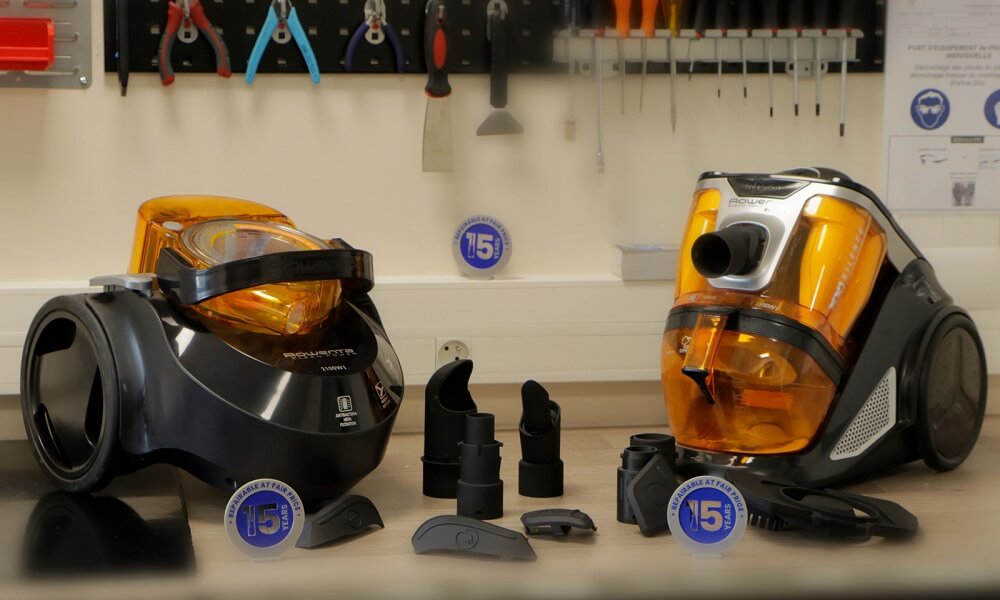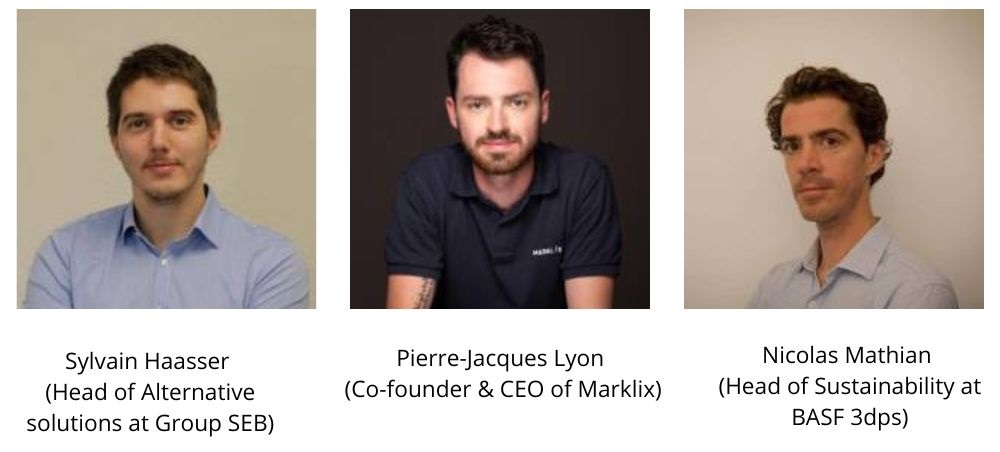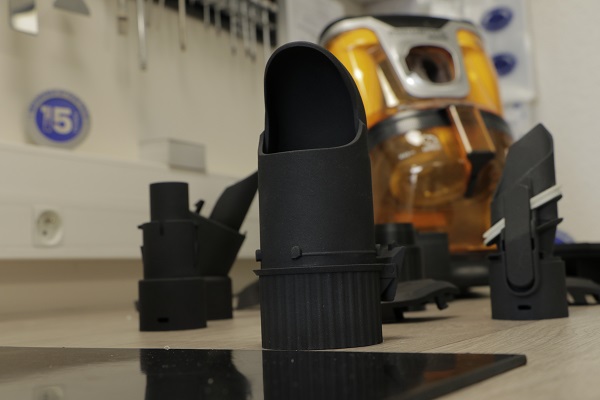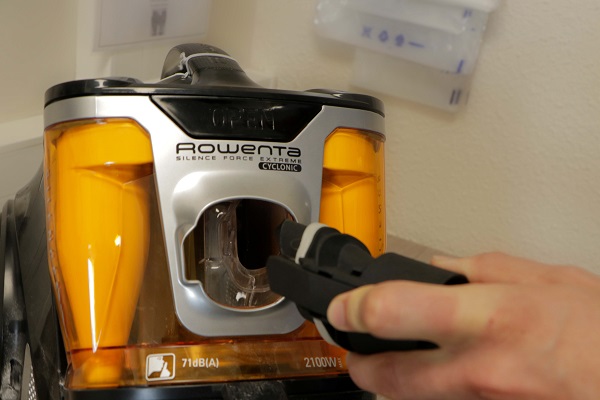3D printing and spare parts: Discussion on the environmental benefits
Posted By Stephany Vaussanvin on Sep 9, 2022 | 0 comments
Companies increasingly take responsibility for facing environmental challenges by moving towards more sustainable production solutions. Among them, the production of spare parts, especially with 3D printing, is increasingly used. An economic asset for the consumer and an effective tool to face the depletion of natural resources.
In this context Sylvain Haasser (Head of Alternative Solutions at Groupe SEB), Pierre-Jacques Lyon (Co-founder & CEO of Marklix), and Nicolas Mathian (Head of Sustainability at BASF 3dps) agreed to discuss the production of spare parts and the role of additive manufacturing in combating inventory obsolescence while aiming for new sustainability goals.
What are the most produced/sold/most needed parts?
Sylvain Haasser (Groupe SEB): >Out of all of our product families, vacuum cleaner parts are the most successful ones. Vacuum cleaners have many parts with modest thermal or mechanical stresses, which are easily printable at a reduced cost. The price of these spare parts printed also contributes to this success because it is now more economical to repair a vacuum cleaner than to buy a new one. More generally, for small household appliances, the most easily achievable and requested parts in 3D are small and medium-sized spare parts (less than about 15 cm). Since 2020, more than 150 references of functional and technical parts made in 3D have been offered to all Groupe SEB authorized repairers worldwide, mentioning “3D printed part certified by the manufacturer”.
Pierre-Jacques Lyon (Marklix): We have noticed that, among manufacturers, these are primarily risk-free parts designed for AM production. Aesthetic or ergonomic parts that do not require qualification thrust. There is also a strong need for critical parts, such as factory parts, aeronautics, oil, and gas, where each hour of downtime can be quite costly. There is a strong interest in pre-qualifying them. We can also cite parts that can be used to repair or restore value to an expensive object, such as collectible cars.
Source: SEB
Does the choice of technologies and materials have an influence on the environmental impact?
Sylvain Haasser (Groupe SEB): Yes, it has an impact, but it is not the same depending on the needs and means implemented. While only thinking of the process and material level, some technologies are more costly in energy to manufacture a part than others. For example, contrary to what we might think, injection plastic is less energy-consuming than FDM, if the quantity of parts produced is substantial. The use of recycled plastic as a material is also a positive thing. Today there are many FDM plastics made from recycled plastic and some powders for SLS processes that are also made from recycled or natural powder. It can also be more relevant to turn to processes using photo-polymerizable resins such as SLA/DLP, which will make parts that are certainly not recyclable but will offer greater thermal and mechanical resistance than most other processes. The choice of technologies is a question of balance; the chain of entire values must be considered.
Nicolas Mathian (BASF 3dps): We are conducting studies on these subjects and have observed that it is difficult to give a general answer to this question, given that the impact is quite dependent on the part. On the other hand, we observed that certain technologies, especially materials that may come from bio-sourced or recycled materials, significantly reduce the manufacturing parts’ carbon footprint. We also observe that the Filament and resin technologies (photosensitive) are the most efficient in the family of plastic materials.
Pierre-Jacques Lyon (Marklix): The use of pellet printers seems to be a good option to reduce the environmental impact of the materials used in additive manufacturing. You should be able to compare the printing speed of each technology with their electricity consumption and the impact of their compatible materials to have a good first estimate.
How much does repairing instead of throwing away save?
Sylvain Haasser (Groupe SEB): From an environmental point of view, repairing rather than throwing away means fighting against the depletion of natural resources. For the consumer, we have launched a new initiative to encourage them to repair even beyond the warranty period when the cost is theirs, with a flat rate repair offer. The repair price is a maximum of 40% of the price of the new product.
Nicolas Mathian (BASF 3dps): If we consider the carbon footprint of a vacuum cleaner without the bag, according to data published by Ademe, the CO2 footprint would be around 43 kgs of CO2, which includes the impact from manufacturing to the marketing of the product. The manufacture of a spare part that does not exceed 100 gr of material has a carbon footprint that does not exceed 2 kg of CO2 on all the polymer additive manufacturing technologies that we use (Filament, powder, or resin). Therefore, it seems certain that repairing, particularly through additive manufacturing, is considerably greener.
Pierre-Jacques Lyon (Marklix): It means saving the impact of the new property, its production to its transport. Ademe has indeed studied the impact of different products and put figures on everyday products. To this must be added the recycling of the old.
Source: SEB
Taking into account the production of stocks, the transport, and the losses of destroyed parts. Is on-demand production really less polluting than parts storage?
Sylvain Haasser (Group SEB): We have not yet conducted a complete study on this subject. 3D printing makes sense for limited quantities, particularly when the conventional means of production can no longer produce parts or when the logistical routing is too complex. It is nevertheless certain that “on-demand” manufacturing reduces the risk obsolescence of the stock faced by after-sales services.
Nicolas Mathian (BASF 3dps): I think the answer depends greatly on the quantities produced. Traditional processes are often constrained by quantities of high order minimums and constitute the main constraint for manufacturing spare parts in small quantities. The tool must always be available if we talk about molding by example. Even though the process of molding could appear more ecological for manufacturing in great quantity, manufacturing on demand, thanks to its flexibility, will allow many opportunities to manufacture just the quantities needed, with a favorable ratio for environmental impact/risk.
Pierre-Jacques Lyon (Marklix):I tend to think so. Producing “on-demand” also means producing locally and close to the need. It’s saving the production, transport, storage, and potential incineration, which, even if moderate, is a spare part really an ideal fuel restoring much heat? The question becomes more complex if producing this part in FA pollutes more than the traditional process. This is often the case, but for small series. AM should therefore be integrated into the supply chain and achieve a balance between the “on-demand” part and the “stock” part without going to extremes.
Are used parts another solution?
Sylvain Haasser (Group SEB): ll repairs carried out in our network of 6,200 repair centers approved worldwide are made with new parts. We follow with pay attention to work in this direction. Currently, and through our RépareSeb social repair center in Paris, we are starting the reconditioning and repair of products from our after-sales service, sometimes using parts disassembled from other products. But the use of second-hand parts is not obvious and comes with its share of constraints.
Nicolas Mathian (BASF 3dps): Of course! On the other hand, if the devices are old and concerning polymer materials, and given the storage problems and the natural degradation of polymers, this solution is sometimes limited.
Pierre-Jacques Lyon (Marklix): This is certainly the most respectful solution for the environment because it is content to use what is already produced instead of producing more. But finding a second-hand spare part is not easy, and a more resilient supply chain cannot rely on this principle to produce tomorrow’s goods. Used parts necessarily come from products unrepaired and from which the parts are extracted, which opposes the desired effect. This is a solution for yesterday’s products, when possible, but not a solution for the products of tomorrow.


 Connect with Google
Connect with Google Connect with Facebook
Connect with Facebook


